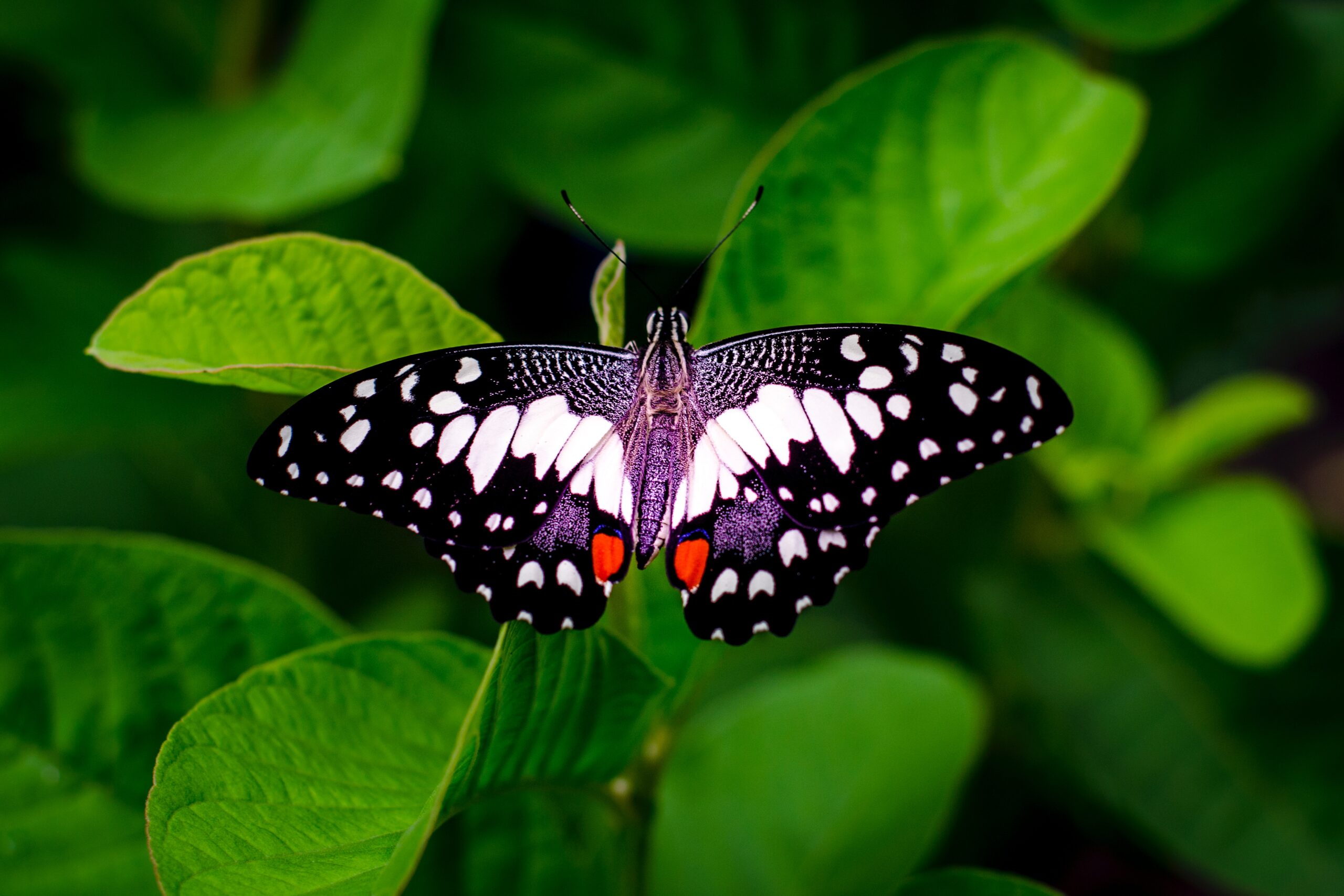-
Palos Verdes Blue (Glaucopsyche lygdamus palosverdesensis):
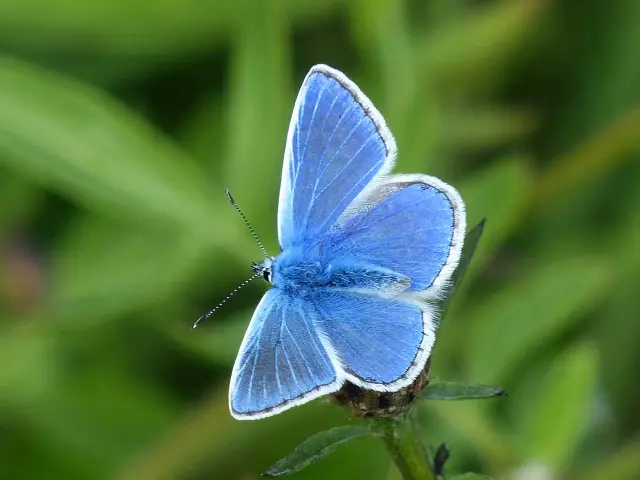
- Habitat: Endemic to the Palos Verdes Peninsula in California, USA.
- Status: Critically endangered.
- Description: The Palos Verdes Blue is a small butterfly with a wingspan of about 0.75 inches (19mm). It has a bright blue coloration on its upper wings, with black margins and spots. The species has been severely affected by urban development and habitat destruction, and its population remains extremely small.
-
Queen Alexandra’s Birdwing (Ornithoptera alexandrae):

- Habitat: Papua New Guinea.
- Status: Endangered.
- Description: The Queen Alexandra’s Birdwing is the world’s largest butterfly, with a wingspan that can reach up to 1 foot (30 cm). It has vibrant colors of green, black, and yellow. Habitat loss due to deforestation and collection for the exotic pet trade have contributed to its endangered status.
-
Atala (Eumaeus atala):
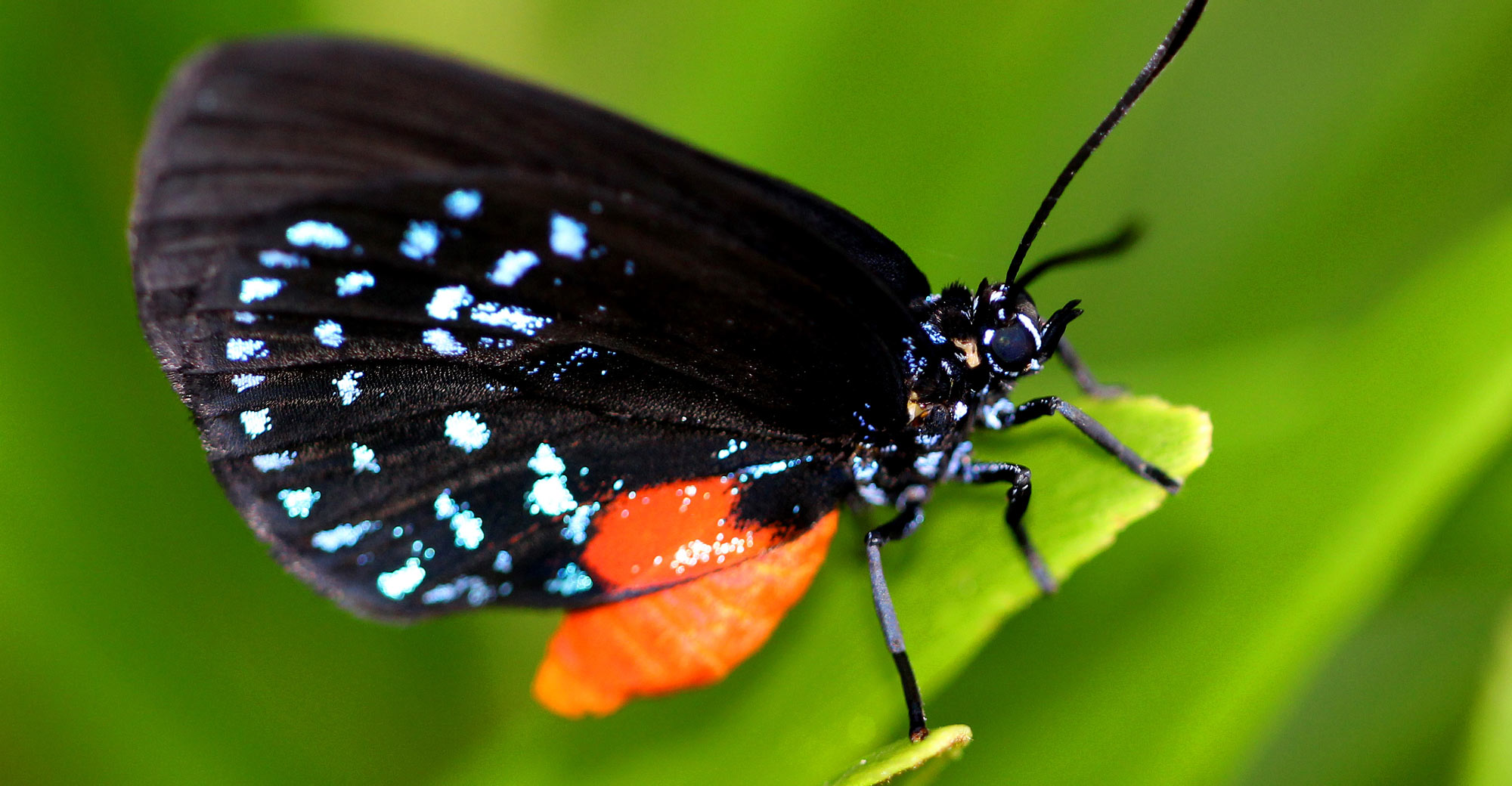
- Habitat: Florida, USA.
- Status: Recovering.
- Description: The Atala butterfly has a unique coloration, with metallic blue wings and red-orange markings. It was once thought to be extinct but was rediscovered. Conservation efforts, including habitat restoration, have helped increase its population in recent years.
-
Schaus’ Swallowtail (Heraclides aristodemus):

- Habitat: Southern Florida, USA.
- Status: Endangered.
- Description: Schaus’ Swallowtail has large wings with a wingspan of about 3 to 3.5 inches (7.6 to 8.9 cm). It has a striking appearance, with a combination of black, yellow, and red markings. Habitat loss, hurricanes, and limited range have all contributed to its rarity.
-
Indian Leaf Butterfly (Kallima inachus):
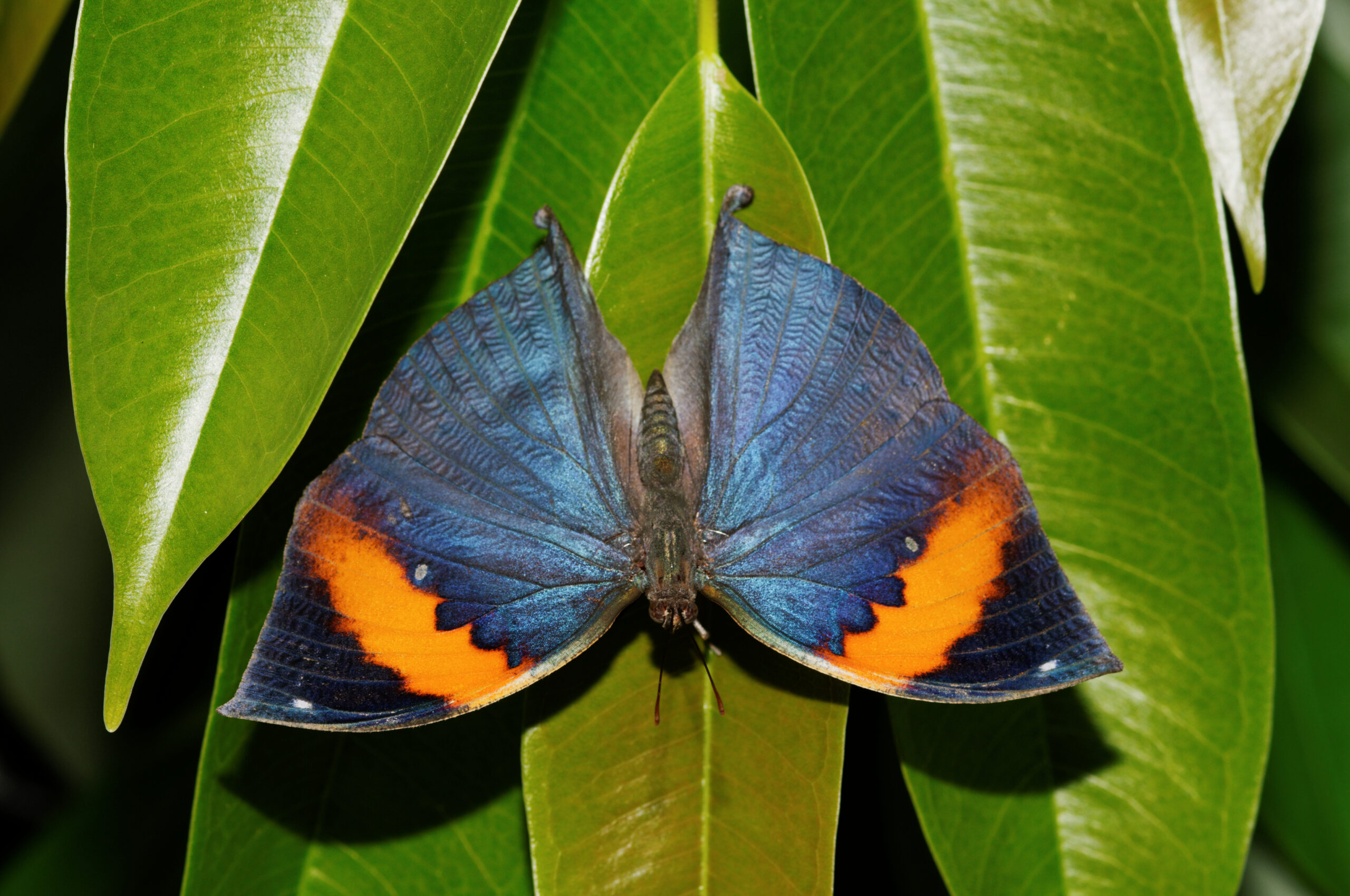
- Habitat: South and Southeast Asia.
- Status: Variable, depending on subspecies.
- Description: The Indian Leaf Butterfly is famous for its leaf-like appearance, providing excellent camouflage against predators. When its wings are closed, it resembles a dry leaf with intricate patterns. It faces threats due to habitat destruction and habitat fragmentation.
-
Lange’s Metalmark (Apodemia mormo langei):
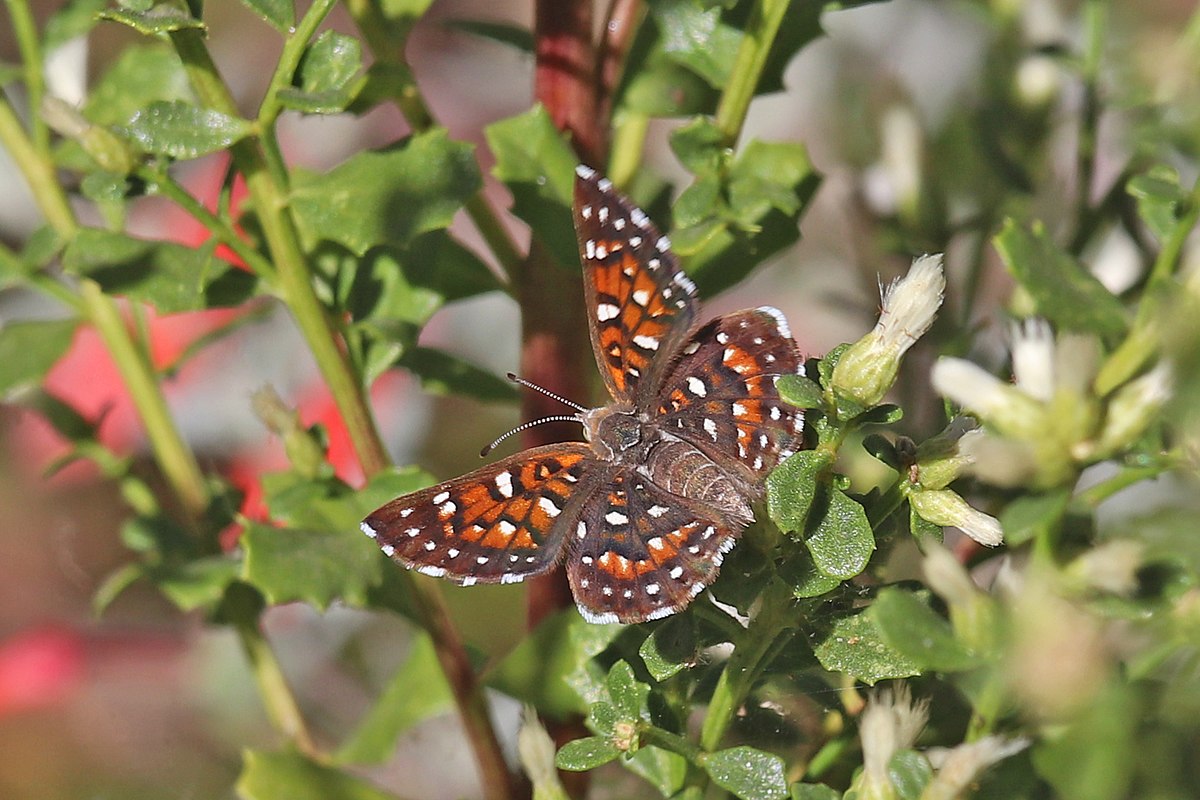
- Habitat: Antioch Dunes, California, USA.
- Status: Critically endangered.
- Description: Lange’s Metalmark is a small butterfly with distinctive black and orange markings. It is confined to a small area in the Antioch Dunes and faces threats from habitat destruction caused by sand mining and urban development.
-
Miami Blue (Cyclargus thomasi):
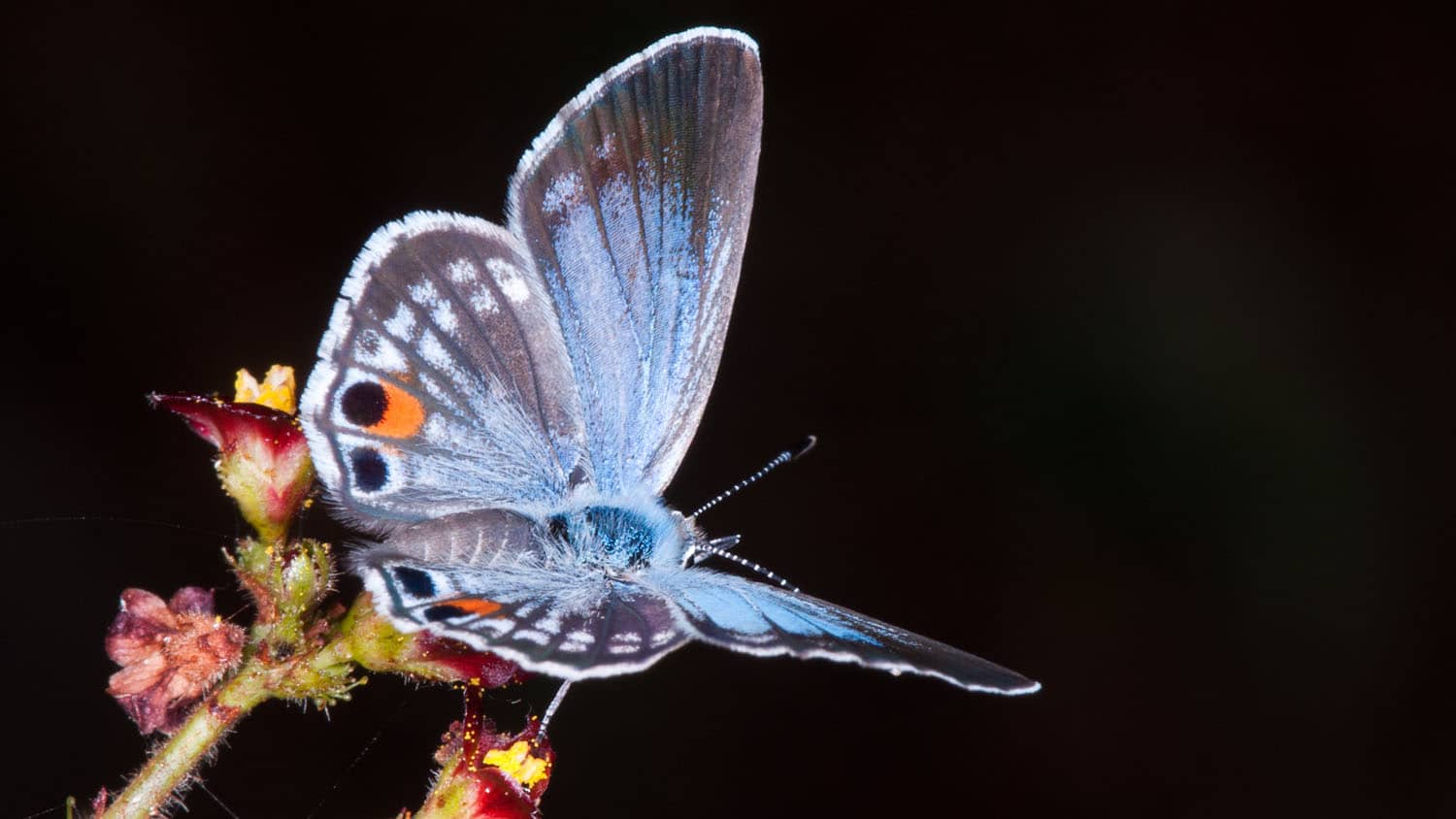
- Habitat: Southern Florida, USA.
- Status: Endangered.
- Description: The Miami Blue is a small butterfly with a wingspan of around 0.75 inches (19mm). It has a pale blue coloration on its upper wings. This species was once considered extinct but was rediscovered. Conservation efforts are being made to protect its habitat and boost its population.
-
Baron Butterfly (Euthalia nais):
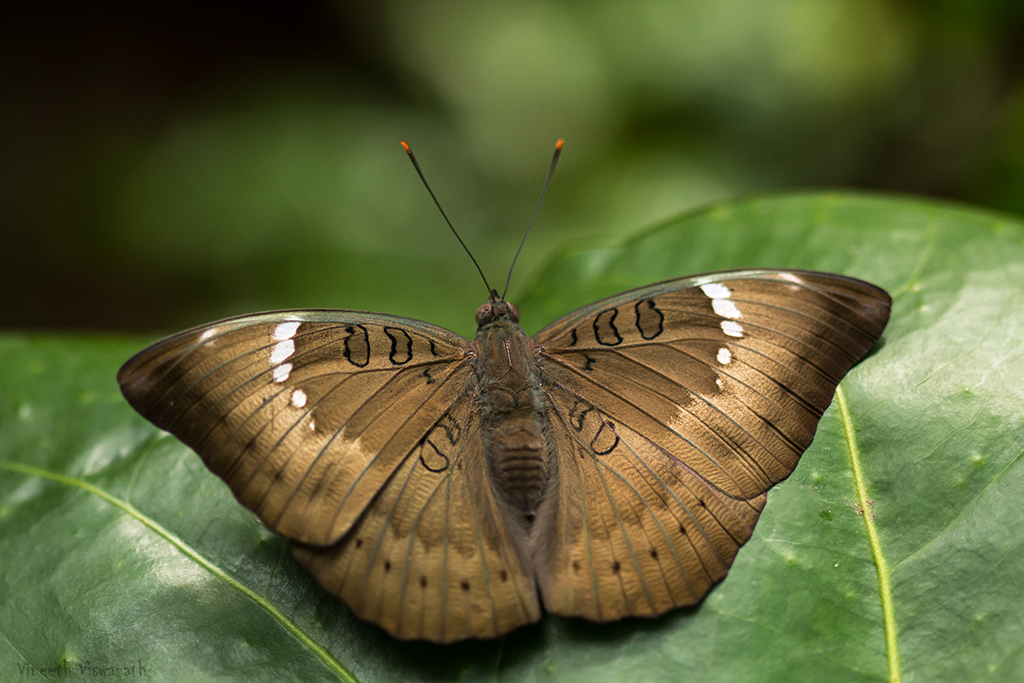
- Habitat: Various parts of Asia, including India.
- Status: Variable, depending on location.
- Description: The Baron Butterfly has a wingspan of about 2.5 to 3 inches (6.4 to 7.6 cm). It has a mix of dark and light markings on its wings. Habitat destruction, deforestation, and the pet trade have contributed to its rarity in some regions.
-
Regent Skipper (Euschemon rafflesia):
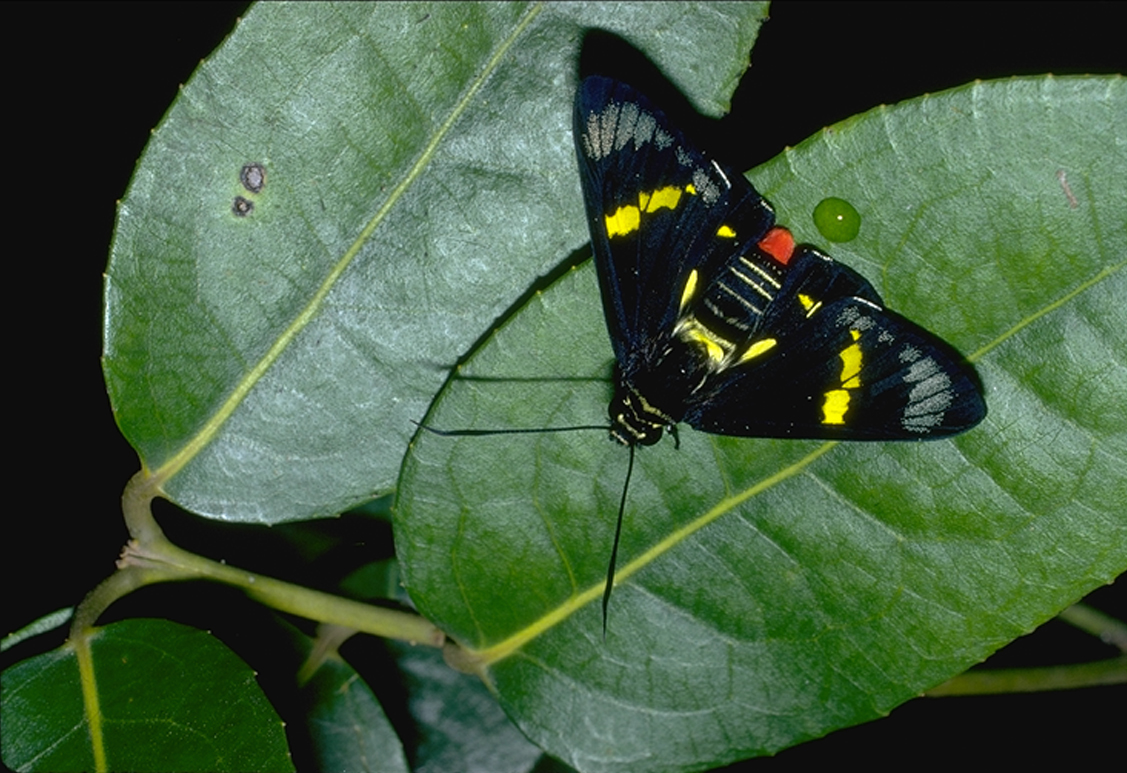
- Habitat: Australia.
- Status: Vulnerable to endangered.
- Description: The Regent Skipper has distinctive black and yellow markings. It has a limited distribution in eastern Australia and is threatened by habitat loss due to land clearing and urbanization.
-
Gorgon Copper (Lycaena gorgon):
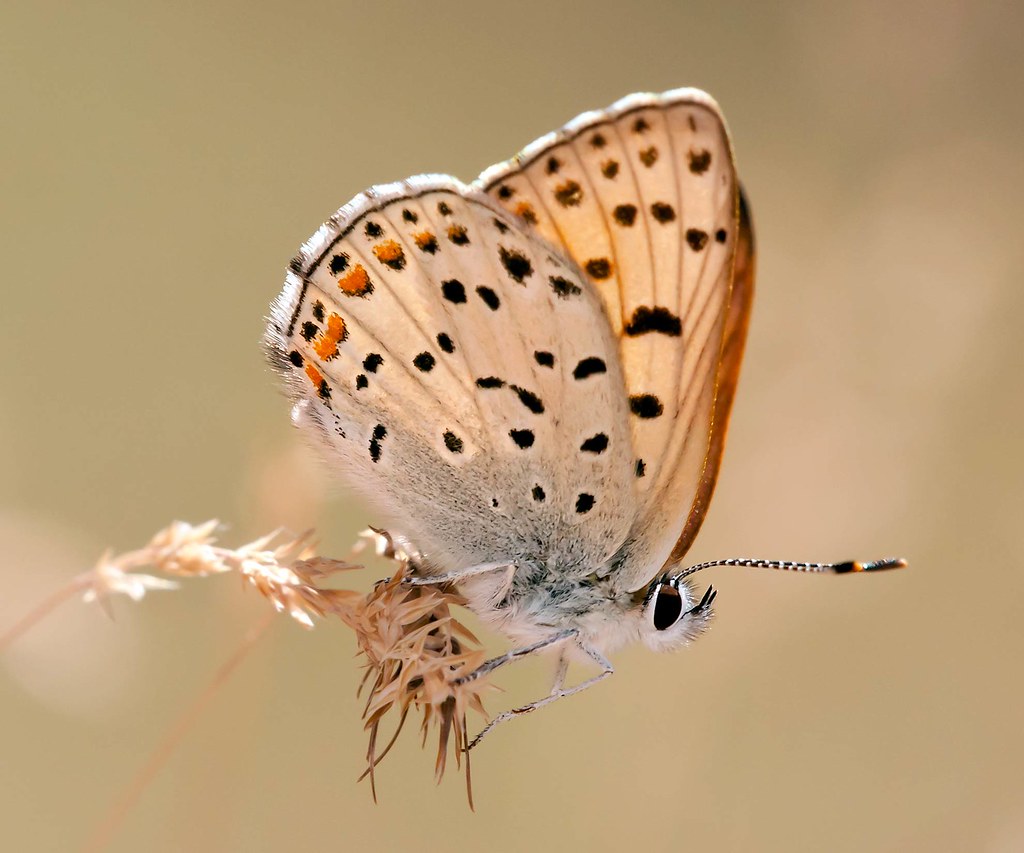
- Habitat: United States and Canada.
- Status: Endangered.
- Description: The Gorgon Copper is a small butterfly with a wingspan of about 1 inch (2.5 cm). It has a mix of orange and brown markings on its wings. Habitat loss and degradation of its wetland habitats are significant threats to this species.
Please note that the conservation status of these species can change over time due to ongoing research and conservation efforts. For the most up-to-date information, it’s advisable to refer to recent sources and conservation organizations that specialize in butterfly preservation.

